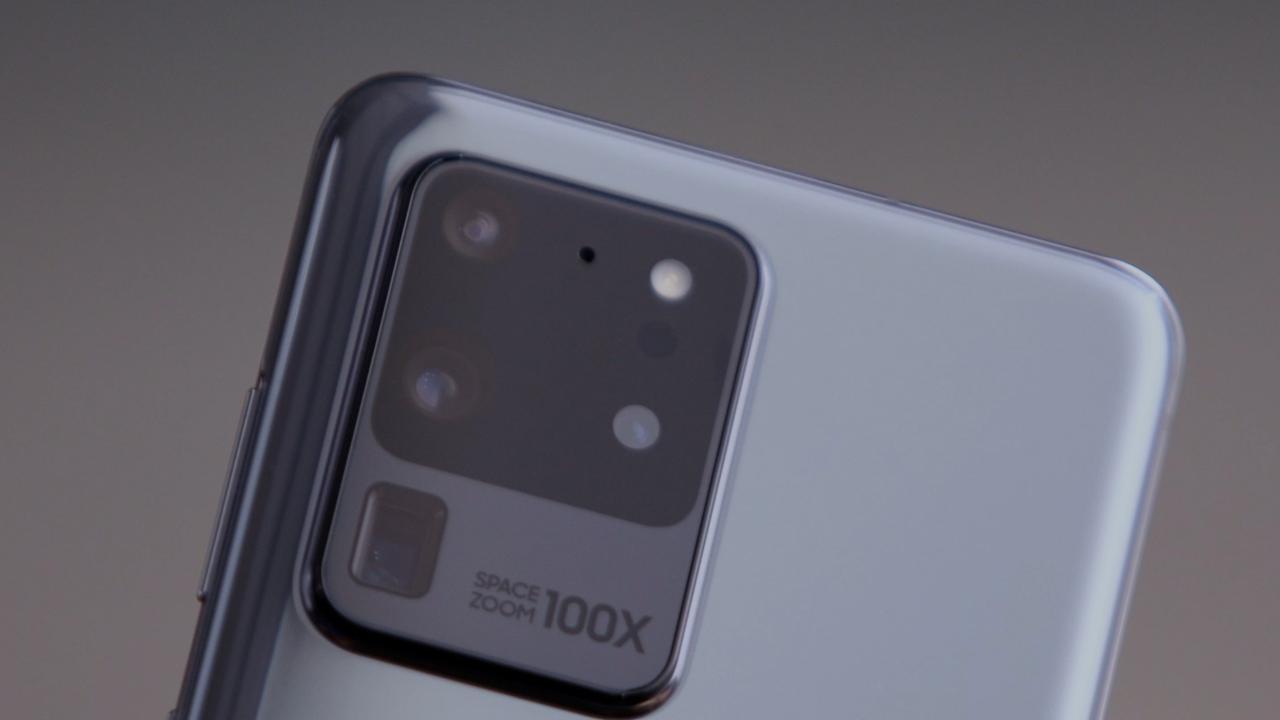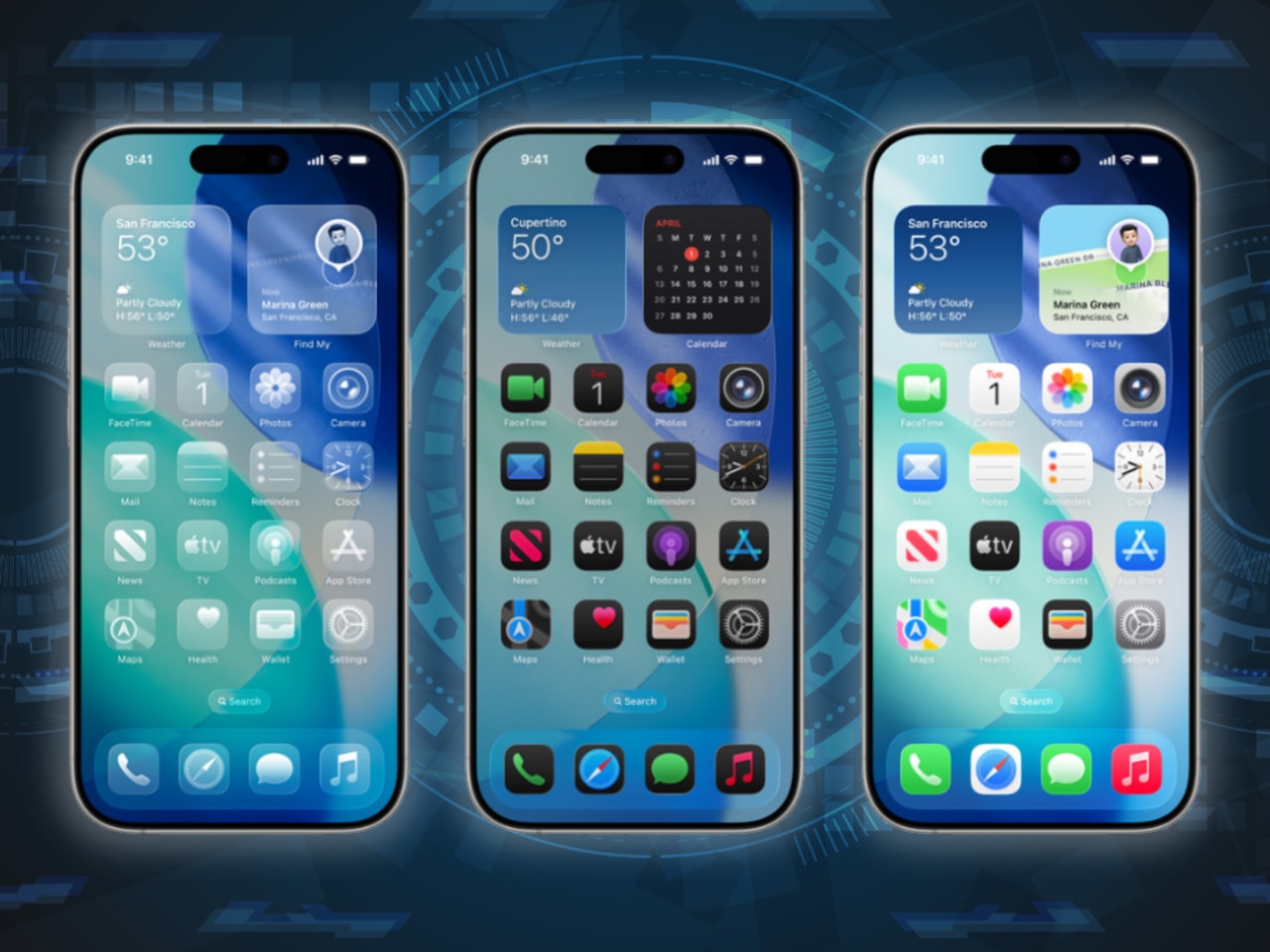Samsung S20 Ultra review: How the new $1999 phone compares to cheaper options
Samsung’s Galaxy S20 phones go on sale today but buyers face a tricky decision with something even bigger coming with them.
Samsung’s new range of flagship phones went on sale in Australia on Friday with the release of the S20 and S20+ phones. But consumers are facing a dilemma.
That’s because the higher-specced and frankly quite insane Galaxy S20 Ultra puts them to shame as the flagship’s bigger brother.
Devoted Android fans who want the best the Google-owned operating system has to offer will be carefully considering if they should opt for the S20 Ultra.
If they are, they’ve likely been scrimping and saving since it was announced.
The S20 Ultra, which will be sold here only in its 128GB variant, costs $1999, making it one of the most expensive, non-folding smartphones you can buy.
That makes it $100 more expensive than the iPhone 11 Pro Max, but unlike Apple’s phone the Samsung has the ability to connect to faster next-gen 5G networks, has twice the amount of storage out of the box, and also supports expandable storage via micro-SD card, up to 1TB.
In addition to having big pockets, you’re also going to want to have big hands, because the S20 Ultra is massive, even by modern phone standards.
RELATED: Third 5G network switched on

RELATED: Weird solution to annoying smartphones
The height of S20 Ultra, coupled with the sizeable camera bump, also makes it very top heavy so when you are texting there’s an unsettling feeling that it could tip forward out of your hand.
A 6.9-inch screen means a huge amount more digital real estate as you got on the first five iPhones.
Thankfully display technology has advanced with the increasing size and the massive screen now takes up the whole front of the phone. In practical terms, the Samsung S20 Ultra has no bezel. It’s all screen.
This makes it great for consuming content but you could have as much fun on the base S20’s 6.2-inch screen with the added advantage of being able to use it one-handed and it fitting in your pocket or bag.
It also has the same 3200 x 1440 resolution and 120Hz refresh rate.
FOCUS IN
What you’re essentially paying more for are numbers.
Some of those numbers include 6.9, 100, 8, and 108 and they mainly relate to the camera.
The S20 Ultra has a “Space Zoom” that goes up to 100x allowing you to photograph things from incredible distances.
But while this sounds impressive, in practice the results can be less so.
RELATED: Photo reveals insane zoom on new phone


At 100x, detail takes a hit. That’s because it’s not actually zooming in 100x.
The hybrid optical zoom on the S20 Ultra goes up to 10x, while the lower models go to 3x.
Hybrid optical zooms are relatively new, using computational photography techniques combined with real optical zooms to increase detail, while also using crops on the full size image.
This, and a process known as “pixel-binning” help boost detail when zoomed in.
Samsung has increased the sensor size (allowing it to capture more light and, along with Night Mode, take better shots in the dark) and uses a 108MP sensor on the Ultra.
The lower models have to make do with 64MP and 30x Space Zoom.
These 108 million pixels are “binned” together to create a more detailed 12MP image, but there is also a setting in the camera app to take a 108MP image if you want.
RELATED: Former drug lord’s threat to Samsung

There are some decent innovations at the camera app level, such as the new Single Take feature that encourages you to move around your subject and try different angles as it takes multiple shots of video, animated gifs and photos, then uses AI to select the best one.
It’s like a more advanced version of the Live photos that have been around for a few years now.
But it comes in handy when you want to just press one button and let the phone do the rest.
In Single Take mode, the camera app begins by telling you it’s “capturing meaningful moments”.
The capturing of “meaningful moments” does give you the opportunity to stay in the moment in real life, but it’s one that’s also available on the lower priced S20 and S20+.
During the unveiling of the new Galaxy phones, it was revealed the livestream of the event being watched around the world was being filmed on the new S20 Ultra.
The phone captures video up to an impressive 8K resolution but this isn’t a selling point unless you own a 8K television, which few people do.

Aside from the camera, the S20 range adds a few other new features, many of them through collaborations with other developers.
Video calls using Google Duo (its answer to Facetime) have been enhanced and Spotify has been integrated to provide music suggestions through the Bixby digital assistant, that’s not much used.
Two new features allow you to quickly share files with another person, or control music playing on speakers their phone is connected to but they will need to have the same phone as you.
Quick Share is Samsung’s answer to Apple’s Airdrop and uses Bluetooth to create a peer-to-peer Wi-Fi connection so you can quickly send files faster and further than you can with Bluetooth alone.
The Samsung skin over the stock Android remains one of the hardest to look at (though you can make Android look however you want using third-party launchers and icon packs).
The phone comes with a lot of additional “features” added on top of the OS by the phonemaker.
Things like Samsung Pay, the Galaxy Store, and Bixby all do things that stock Android will already do. As the biggest seller of smartphones you wonder why Samsung doesn’t just make their own operating system like its competitors Apple and Huawei have done.
Sure it will lose access to the Android Play Store, but with their dominance of the market it seems reasonable to think Android needs Samsung a lot more than Samsung needs Android.
The Galaxy S20 and S20+ will likely sell decent numbers in people upgrading to a new phone, looking for 5G or other incremental improvements since the release of the previous model.
If you’re looking for an upgrade, both will serve you well.
Unless you want the absolute “best” (and most expensive) phone you can buy or you need some of the niche camera features on the S20 Ultra, either of the cheaper models should suffice, because in almost every sense – its price, size and specs – the S20 Ultra may be more than you need.



